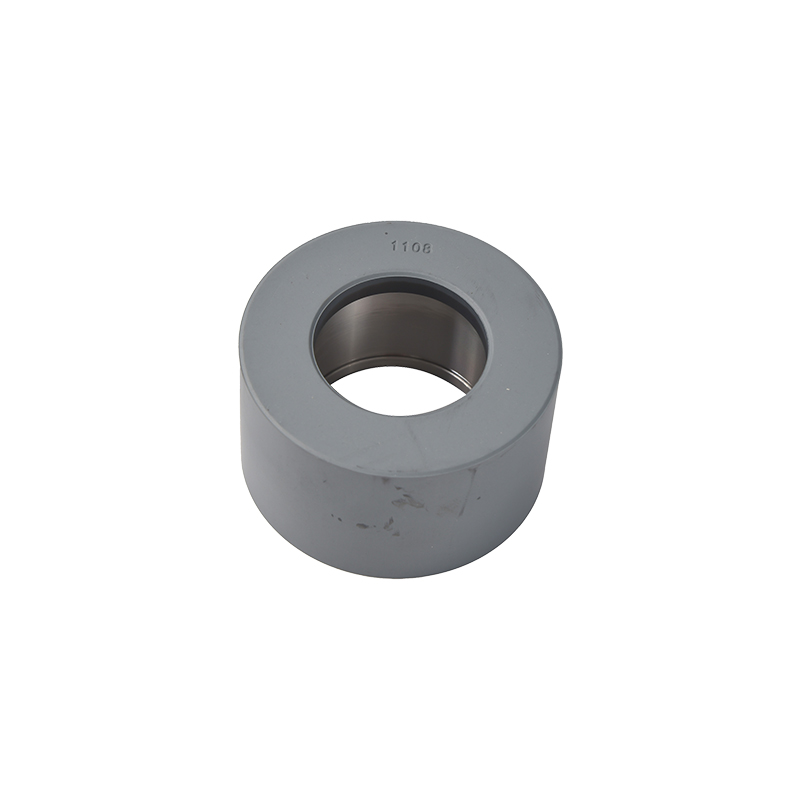Pulleys are divided into casting pulleys, welding pulleys, double-spoke plate pressing pulleys, forging metal pulleys, and rolling pulleys according to the manufacturing process.
Forging is a processing method that uses a forging machine to apply pressure to a pulley metal blank to plastically deform it to obtain a forging with certain mechanical properties, a certain shape, and size, and is one of the two major components of forging (forging and stamping). Through forging, defects such as as-cast looseness produced by the metal during the smelting process can be eliminated, and the microstructure can be optimized. At the same time, due to the preservation of the complete metal streamline, the mechanical properties of forgings are generally better than those of castings of the same material. For important parts with high load and severe working conditions in related machinery, forgings are mostly used in addition to rolling plates, profiles, or welded parts with simple shapes.
Compared with the cast pulley, the forged pulley improves its structure and mechanical properties after forging. The pulley after hot forging and forging makes the raw material crystallize, changing the original coarse dendrites and columnar grains into finer grains and uniform size. The crystalline structure makes the structure in the pulley more compact and improves the physical properties of the pulley. The surface and roughness of the processed pulley forgings are more beautiful, smooth, and durable than the cast pulley. Process costing is more expensive than casting pulleys. However, for important high-quality, high-strength large cranes or other models, more pulley forgings are selected.


 简体中文
简体中文 English
English













